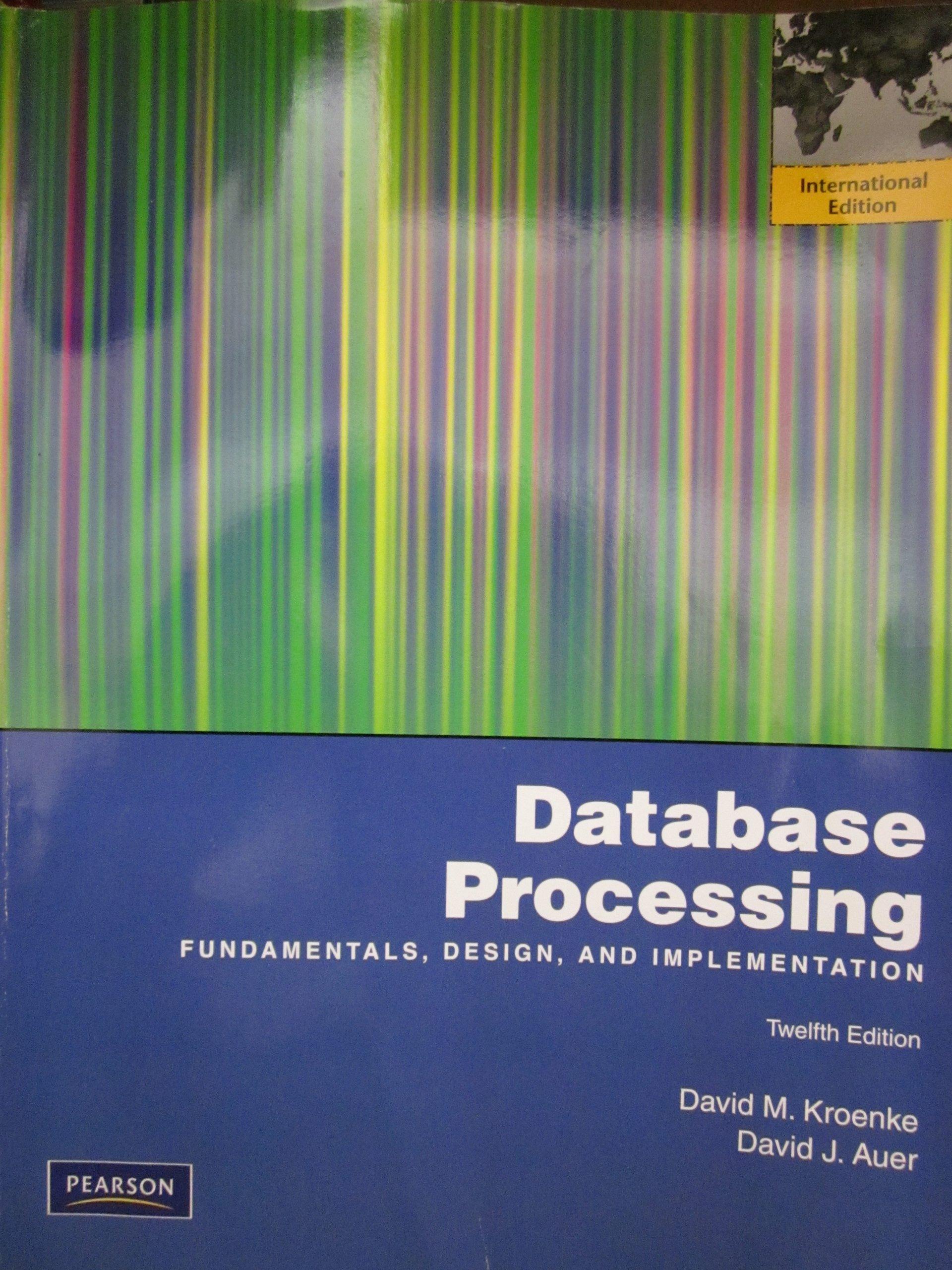Question
The algorithm described in class for computing a topological ordering of a DAG repeatedly finds a node with no incoming edges and deletes it. This
The algorithm described in class for computing a topological ordering of a DAG repeatedly finds a node with no incoming edges and deletes it. This will eventually produce a topological ordering, provided that the input graph really is a DAG.
But suppose that we are given an arbitrary graph that may or may not be a DAG. Extend the topological ordering algorithm so that, given an input directed graph G, it outputs one of two things: (a) a topological ordering, thus establishing that G is a DAG; or (b) a cycle in G, thus establishing that G is not a DAG. The running time of your algorithm should be O(m + n) for a directed graph with n nodes and m edges.
Step by Step Solution
There are 3 Steps involved in it
Step: 1

Get Instant Access to Expert-Tailored Solutions
See step-by-step solutions with expert insights and AI powered tools for academic success
Step: 2

Step: 3

Ace Your Homework with AI
Get the answers you need in no time with our AI-driven, step-by-step assistance
Get Started


